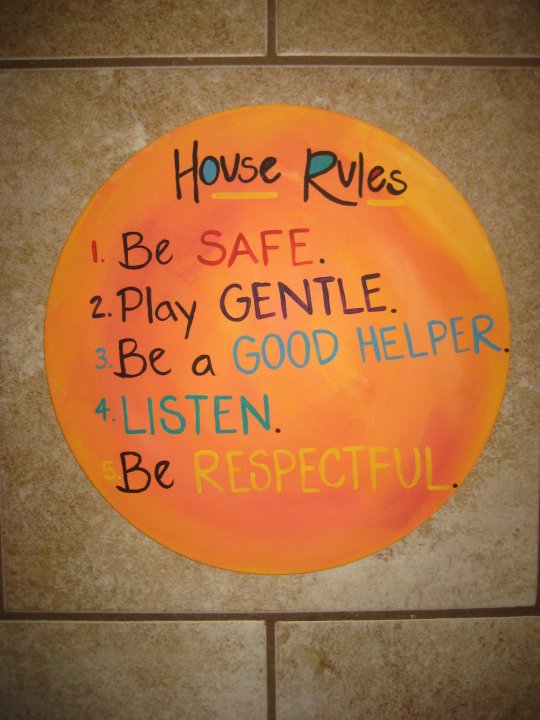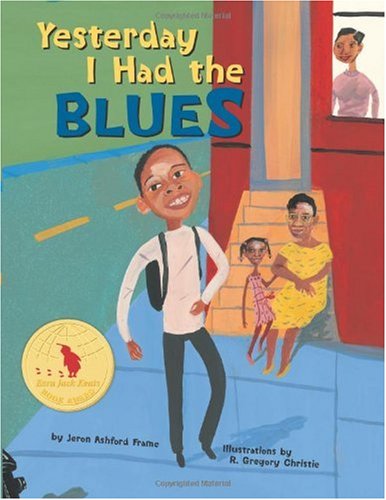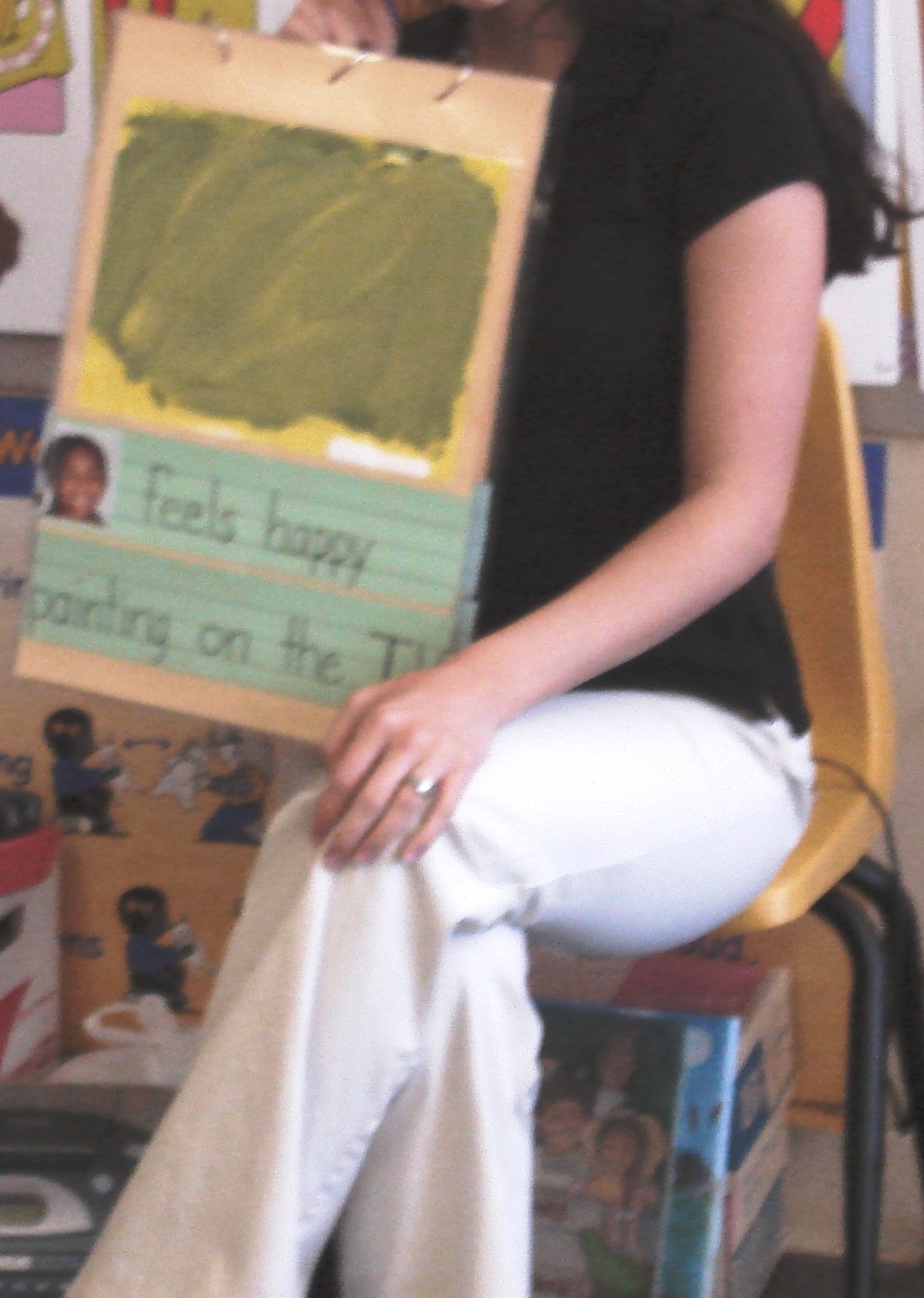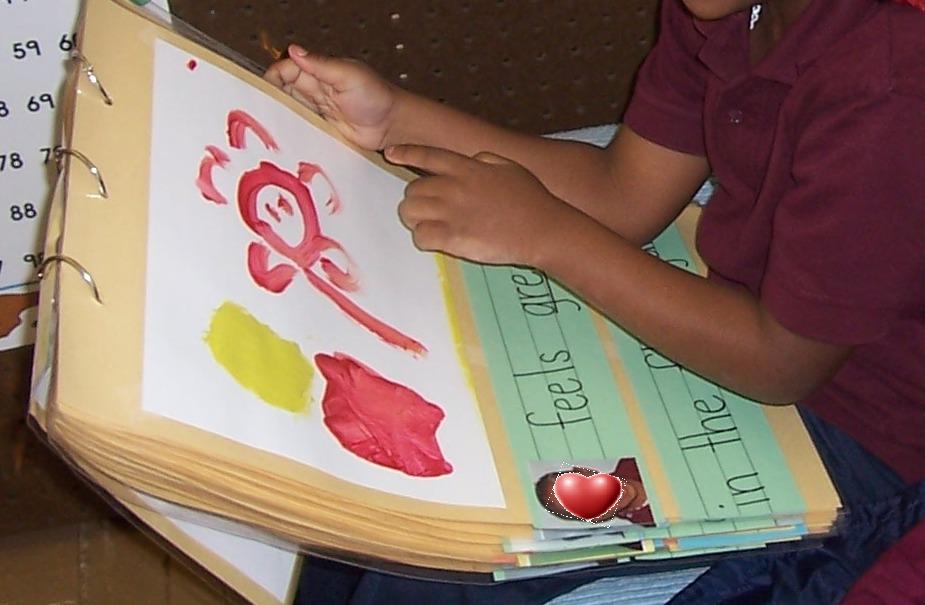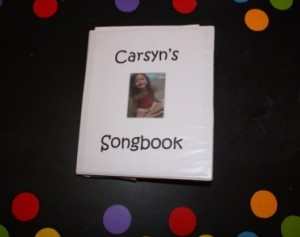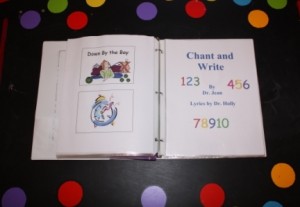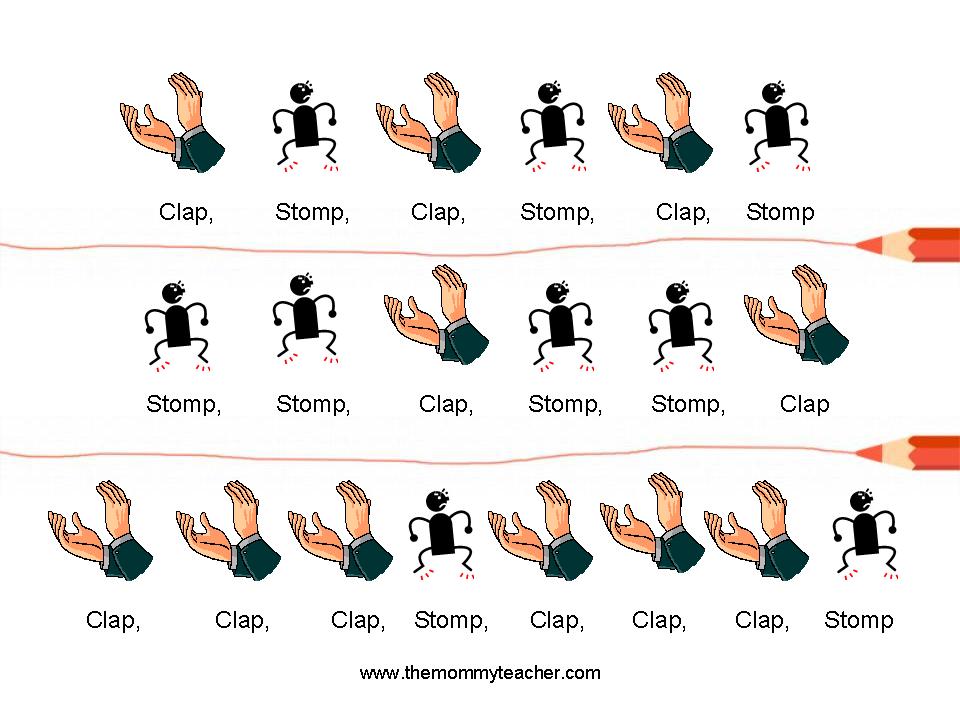Yesterday we talked about teaching your children about good choices, especially when we are following up with inappropriate behavior because we need to teach our kids alternate ways to conduct themselves.
Well, today we are going to brush up on some facts that will prevent SOME of the behaviors that you consider inappropriate.
In a classroom, teachers always have rules posted on the wall. We talk about rules before group time, small group, recess, lunch, and just about every time of the day, every day! Teachers are CONSTANTLY setting expectations for children and warning children about what will happen if those expectations aren’t met.
Casey and I were just talking yesterday about the times she goes into grocery stores with her little boys. Beforehand, in the car, she might tell them “When we go into the grocery store, you need to stick by me, and use an inside voice. You may ask me for __ things that you want, but mommy will make the choice that is best and you need to have a good attitude.” Wow! Right there the child knows what is expected….even before entering a daily errand! Then she might say “If you are not making those good choices, then _________(fill in the blank with a consequence)” BAM! They even know what consequence to expect if they do not stick to the guidelines she set.
As a mommy, daddy, or caregiver, we have a big responsibility…that is, whether or not we set our kids up for success or failure. House rules are a great way to set expectations and hopefully teach our children how he/she can be the best they can be!
So, let’s talk house rules. It’s time to make and display the house rules…I feel a writing activity coming on!
Get out your materials (whatever you want to use) and gather your child/children for a little meeting. When making the rules, ask your child what rules are important for a safe, happy home, and ask them leading questions to build your list of rules. Including your kids in the rule-making is one great way to make clear boundaries because it gives the children ownership of the rules they help to make. Also, talk about what kinds of things happen if we act the opposite of those rules. However you do it, EXPLAINING and GIVING EXAMPLES for the rules are imperative.
Any way your family chooses to write the rules will be special, you might use pictures to remind them what that rule says, or you might let them draw a picture for each rule, or not use any pictures at all.
Here is an example of Casey’s House Rules:
This is a great visual reminder of expectations you have for your children, and tomorrow I will be writing about a way to follow up with these rules in a meaningful way through another visual reminder.
Casey adds: “Rules are a GOOD thing to have around the house and kids need to understand WHY they are good: to keep us safe, to remind us to be respectful, to teach us how to behave as good citizens. That being said, it is necessary for rules to be worded in a POSITIVE way. For example, instead of saying “No running” rephrase the rule to say “Please walk.” This helps children to understand that rules are not meant as a punishment, but as a way we can all cooperate and play safely.”

